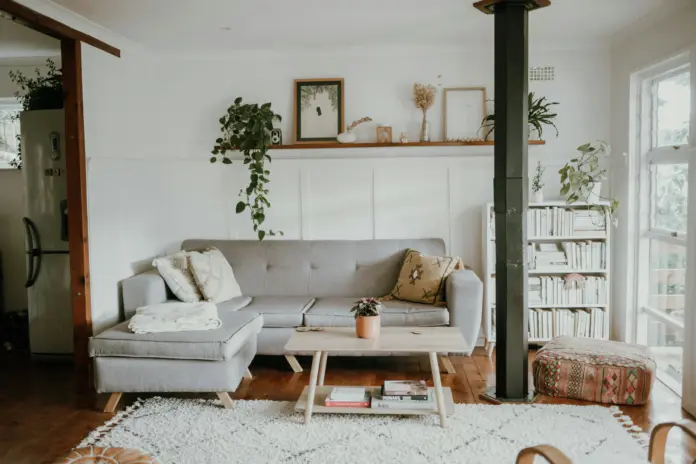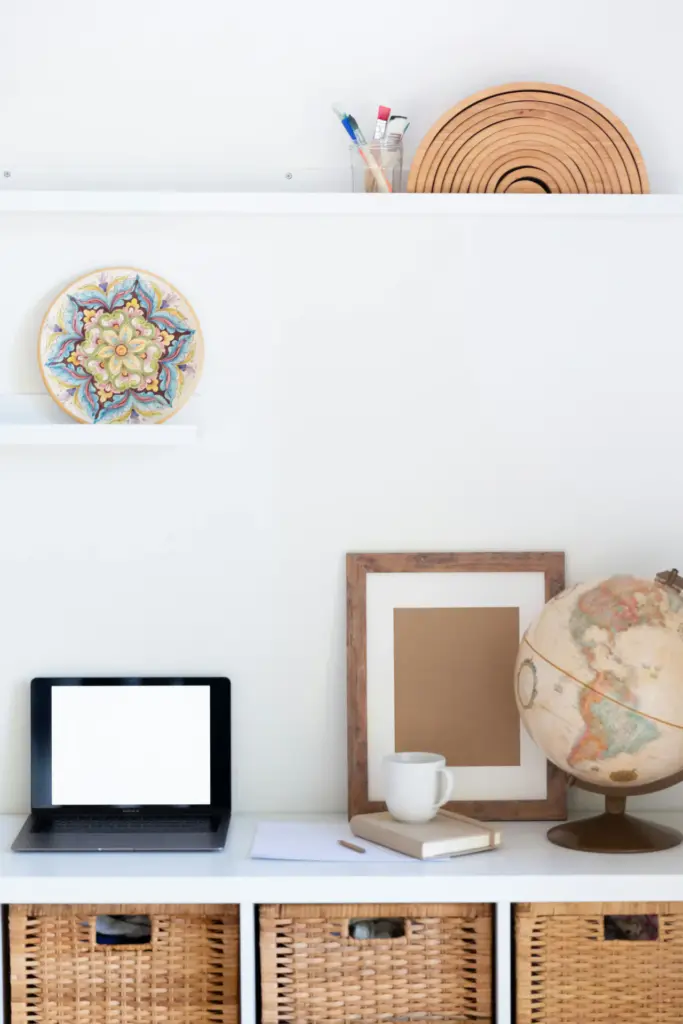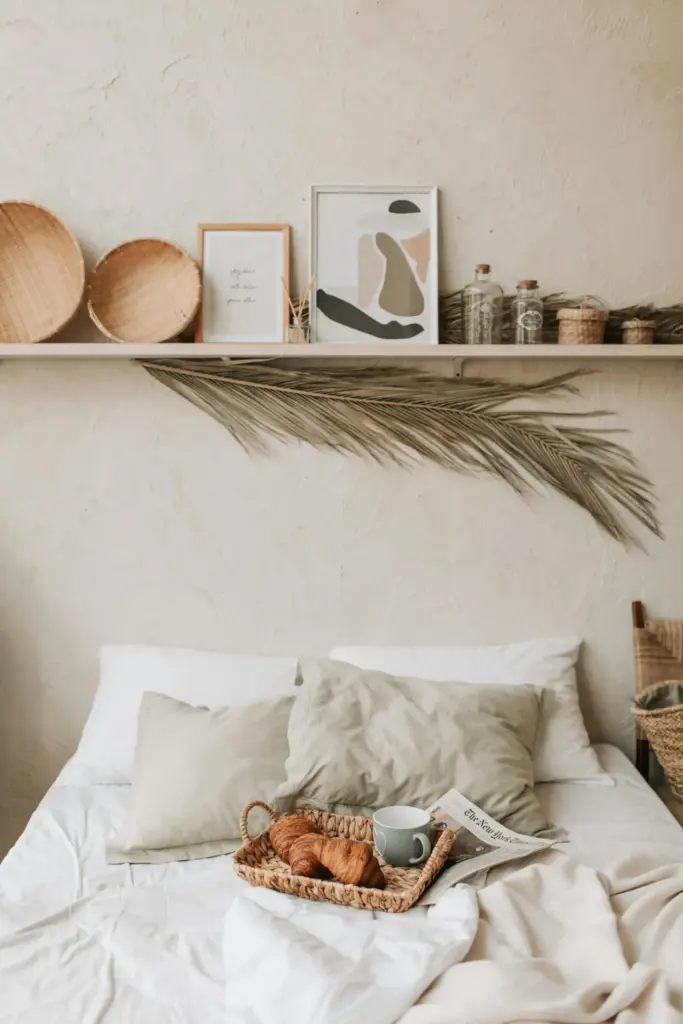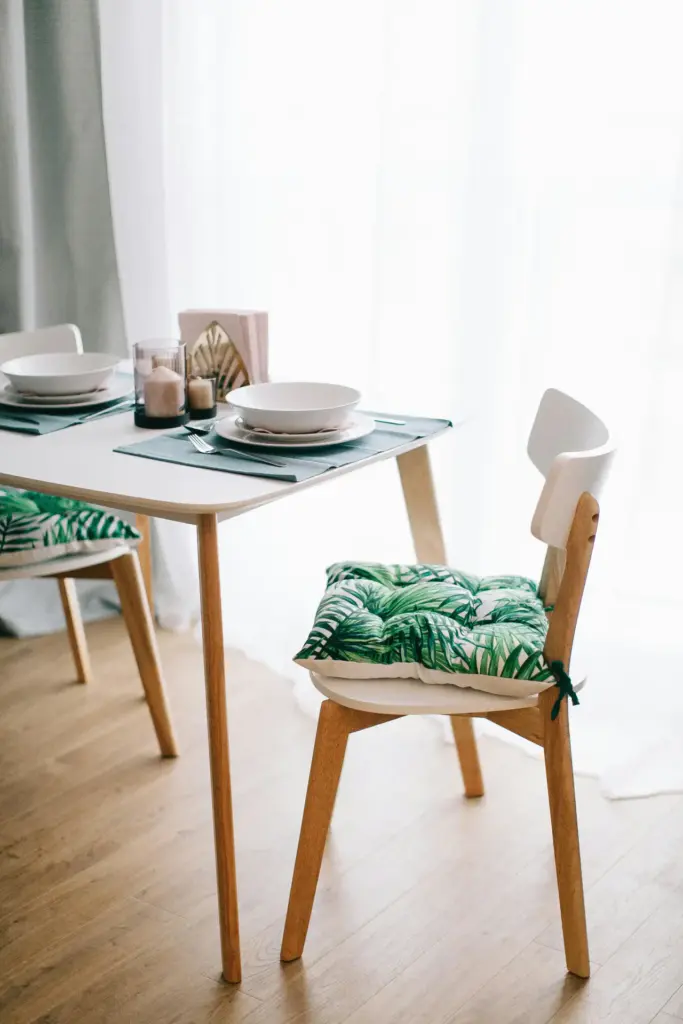With so many distractions and noises in our lives, we are now more than ever seeking peace and simplicity. Of course, minimalism and placing form before function are the main ideas in Scandinavian design. Starting in Nordic nations a century ago, this style has spread worldwide and changed how we decorate, build homes, and live.
It’s not limited to how Scandinavian design appears. It’s an outlook on living, with balance, warmth, and nature at its heart. How did it grow from a trend valued in America to being accepted worldwide? We’ll delve into what makes Scandinavian design distinctive and its impact on homes, hotels, and offices worldwide.
What is Scandinavian Design?
Scandinavian design originated in the 1930s in Denmark, Sweden, Norway, Finland, and Iceland, and it continues to seek peace and simplicity, a hallmark of the Nordic region. It attracted global interest in the 1950s when “Design in Scandinavia” (1954–1957) was showcased in the United States.
Basics of Scandinavian Design:
- Simplicity: Few steps and little to slow you down
- Appearance is guided by what the building needs to do.
- Examples of natural materials: wood, wool, leather and linen.
- Natural: including whites, greys and medium-dark colours
- Hygge and Lagom: Danish and Swedish ways to live cosily and in balance.

Roots of Scandinavian Design
Post-War Pragmatism
After World War II, Scandinavian countries needed to build homes and communities efficiently and affordably. As a result, a utilitarian design style was introduced, making affordable, durable, and stunning products available to people from all walks of life.
The Effects of Bauhaus
Due to the influence of the Bauhaus movement in Germany, Scandinavian designers began to integrate fine art, traditional crafts, and modern industrial design. Scandinavian design features clean lines and little extra ornamentation.
Nature and Light
Because it’s sunny for only a few hours in the winter in Northern Europe, using natural light was highly valued. There was a lot of daylight through the windows, and bright colours helped provide a soft, cosy atmosphere.
What Defines Scandinavian Design?
-
Minimalism for a Purpose
Unlike the coldness often associated with today’s minimalism, Scandinavian minimalism remains inviting and welcoming. It’s not essential to have less stuff; it’s more important to have better stuff.
-
Natural Materials
Pine, oak, sheepskin and woollen blankets are organic elements often used in Scandinavian homes.
-
Colours That Are Not Too Bright
White walls, grey couches, and beige rugs are choices that reflect light, create a calm environment, and let your tastes stand out.
-
Functional Furniture
There is the ability to utilise every item received, whether it’s old or from IKEA. All items are designed to be useful and used daily.
-
Relating to the Environment
Houseplants, wooden flooring, wool and handmade ceramics all show the influence of the outdoors — a fundamental feature of Nordic life.
Why Do People in Other Places Now Consider Scandinavian Design the Standard?
1. Attractive Design That People Enjoy for a Long Time
With little change, Scandinavian interiors retain their freshness years later, just as they did originally. Because the style is based on usefulness and structure, it can fit in urban apartments, homes in the countryside and all kinds of living spaces.
2. Psychological Comfort
Since life is often rushed, busy, and digital these days, Scandinavian design creates a peaceful and organised atmosphere. The design’s clean look, light colours and different materials encourage happiness and peace.
3. Living in Smaller, Urban Areas
When space is in short supply and the city becomes crowded, Swedish design offers a way to manage the situation effectively. Consider using furniture that folds up, choosing storage that hides items well, and working with versatile items that have multiple uses so your small apartment stays airy.
4. How Global Brands are Making an Impact
In 1943, the Swedish company IKEA began bringing Scandinavian values to people worldwide through inexpensive do-it-yourself furniture.
5. Working with a Variety of Design Styles
Because Scandinavian design complements Japandi (a blend of Japanese and Scandinavian styles), Boho, and industrial designs, it has become universally accepted in contemporary interior design.
Interpretations and Innovations from Recent Times
The latest generation of Scandinavian designers is uniting history and modernity. Their designs easily complement the original designs of buildings.
Firms such as Muuto, Hay, and Ferm Living are building on Scandinavian furniture by adding bright colours, flexible designs, and an eco-friendly focus while keeping their essence alive.
Scandinavian Design in Daily Life
Home Interiors
These houses aren’t only attractive — they can be enjoyed every day. If you build a Scandinavian office for working, you could place a natural wood desk, a good chair, keep the walls and floor white and add a lot of plants to the room, making the area better for both work and relaxation.
Workspaces
Today, offices use characteristics typical of Scandinavian design. Spaces are wide, the lights are bright, the décor is pared down, and there are various areas for groups to work together, all following the Nordic example.
Hospitality and Retail industry
Scandic and SP34 hotels in Copenhagen design their spaces to create a calm and easy atmosphere for visitors. Retail areas around the globe are now emphasising clear space, cosy lights, and displays that you can feel, characteristics typical of the Scandinavian approach.
Frequently Asked Questions (FAQS)
Q1. How is Scandinavian design set apart from minimalism?
Ans: Scandinavian design adds feeling and texture, centring on making a space warm and comfortable, compared to the simplicity of Japanese style. Often, traditionally minimalist designs appear too austere, yet spaces in Scandinavia are comfortable and practical.
Q2. Is Scandinavian design costly?
Ans: Not necessarily. Although top Scandinavian brands like Carl Hansen or Gubi may be expensive, IKEA offers affordable Scandinavian design to everyone. It is a way of living by intention, not by luxury experiences.
Q3. How can I incorporate the Scandinavian look into my own home?
Ans: First, select light walls and wood as the primary colours for the floors; reduce the number of items you don’t need; invest in storage boxes; purchase functional furniture; cover couches with throws and rugs; and allow natural light to shine in. Adding greenery and homemade decor pieces will make your home warmer.
Q4. Is sustainable design a feature of Scandinavian furniture?
Ans: Absolutely. Today, numerous brands from Scandinavia emphasise sustainability, recycling, and the use of eco-friendly materials. The Nordic region is at the forefront of green building and circular design economies.
Q5. What separates Danish, Swedish and Norwegian design?
Ans: Danish design, Swedish design, and Norwegian design all stem from similar heritages. However, Danish design focuses on furniture, Swedish design emphasises light and simplicity, and Norwegian design utilises rugged and rustic materials that complement its original environment.
Conclusion: The Future Of Calm Living
It wasn’t luck that brought Scandinavian design to fame — it did so by understanding the need for peace, balance, beauty and function. When everyday life is noisy, this design style gives us a clear voice that highlights what matters.
Scandinavian style remains as important as ever, whether you’re undertaking major renovations or simply creating a small space to relax. The key is that it isn’t only fashionable—it’s about choosing quality over quantity, nature over noisy places, and a calming atmosphere over busy schedules.
With so much happening simultaneously, this is the break we need.








